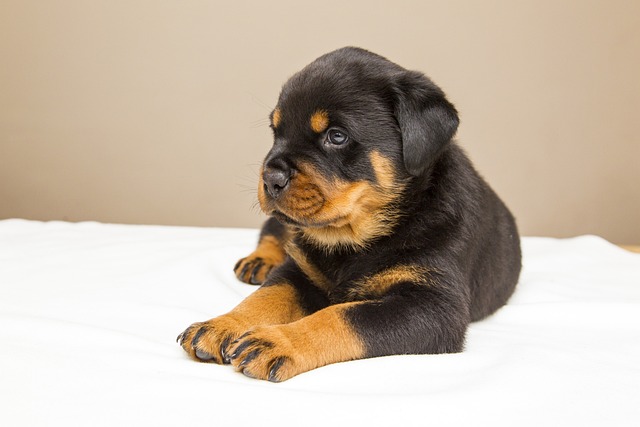Why Dogs Sniff Rear Ends
Understanding the Canine Communication Ritual
There’s no subtle way to broach this topic—it’s as delicate as a dog’s sense of smell. To fathom why dogs engage in the seemingly peculiar behavior of sniffing rear ends, one must delve into their remarkable olfactory capabilities and intricate communication techniques.
The Canine Sense of Smell
Dogs, akin to humans, possess five basic neurological senses: taste, touch, hearing, sight, and smell. Among these, the sense of smell reigns supreme in the canine world. A dog’s olfactory prowess is approximately 100,000 times more sensitive than that of its human companion. With 150 million olfactory receptors (compared to humans’ mere 5 million), dogs dedicate around 30% of their brain mass to detecting and identifying odors, a stark contrast to humans’ 5%.
Adding to their olfactory toolkit is Jacobson’s organ, also known as the vomeronasal organ. Situated inside the nasal cavity and opening behind the upper incisors, this organ functions as a secondary olfactory system designed for chemical communication. It responds to a range of substances that may lack a detectable odor, playing a crucial role in detecting pheromones related to mating and aiding newborn puppies in identifying their mother.
Canine Communication through Smell
Dogs don’t communicate like humans—no handshakes or verbal greetings. Instead, they rely on their acute sense of smell and keen observation of body language. When two dogs meet, they engage in a thorough assessment, walking in circles, scrutinizing demeanor, and evaluating posture. Through a combination of visual cues and chemical aromas, dogs gather vital information about their canine counterparts.
The Puzzling Rear-End Sniff
The question that perplexes many pet owners is: why the rear end? Dogs sniff this particular part of the anatomy because it holds vital information. Inside the rectum, there are anal glands that secrete a distinctive substance with a unique odor. Dogs use this scent to quickly determine if the other dog is friend or foe, healthy or ill, and even to identify each other.
This aromatic identification is unique to every dog, allowing for a swift determination of whether they have met before. The ritual of sniffing rear ends isn’t merely a curious behavior—it establishes dominance in a canine relationship. The dominant dog initiates the sniffing, and the submissive dog waits. This act, beyond being a form of communication, is a canine identification mechanism and the foundation for establishing relationships within the canine social structure.
Additionally, dogs possess a remarkable scent memory, allowing them to identify other dogs, recall past encounters, and discern changes in family members’ scents after separations. Sniffing rear ends isn’t solely about communication; it also serves as a calming mechanism and stress reliever for dogs.
Understanding this intricate blend of olfactory capability, communication ritual, and social dynamics enriches our comprehension of canine behavior, fostering a deeper connection with our four-legged companions.



